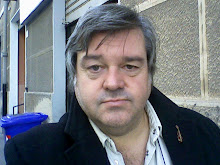
From The Times, June 3, 1816.
George III and his consort Queen Charlotte were frequent visitors to Chelsea Farm the residence of Lady Cremorne in the early part of the 19th century. Chelsea Farm would later come to be known as Cremorne House and its grounds would become the famous Cremorne Gardens. Interestingly the article also refers to the estate as the "World's End", presumably from the name of the nearby tavern.
From The Times, December 18, 1794.
Recently built houses in Riley Street to be sold "By Mr. Pettitt, At the Sign of the World's End, Chelsea, on Tuesday the 23rd inst.* precisely at 2 o'clock"
* abbreviation for "instante mense", meaning a date of the current month, such as "the 5th inst."
Potential buyers would have been well-advised to take up the offer. The air was of a particularly salubrious nature: in 1831, Patrick Gibson of World's End Passage passed away at the age of 111.




No comments:
Post a Comment